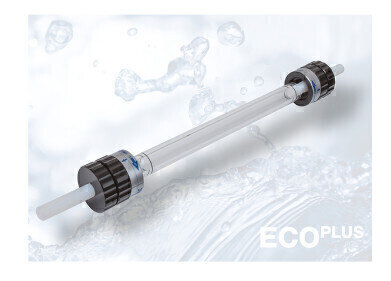Bioanalytical
How Do You Know Which Vitamins Are in Your Food? — Chromatography Explores
Jun 07 2017
We all know that we should eat our greens as they are good for us — after all, our Mums know best. Our greens — or vegetables — are just one part of what should be a balanced diet containing just the right amount of protein, carbs and fat. But, food should also contain other essential nutrients such as fibre, minerals and vitamins.
But how do we know what we’re eating when it comes to nutritional values? The obvious answer is to look at the packaging — but not everything comes in a packet with nutritional information printed on the label. And anyhow — how do we get the information to print on the side of the packet? Let’s look at how scientists discover how many vitamins are in our food.
Vitamins — what are they
Vitamins are organic — contain carbon rather than being green — compounds that we need to live healthily. As the body doesn’t readily produce them all and some vitamins are hard to store — we rely on our diet to make sure we get enough — except vitamin D which we mainly get from sunlight. If we become deficient in vitamins, some serious health issues can arise. Dermatitis, birth defects and anaemia are all associated with vitamin B7, B9 or B12 deficiencies respectively.
There are 13 vitamins currently recognized by most nutritionists and they can broadly be divided into two groups — fat soluble and water-soluble. As might be expected, fat soluble vitamins are stored in fatty tissues in the body. They are much easier to store than the water-soluble vitamins and we can store them for days, even months. Vitamins A, D and K are among the fat-soluble vitamins we use. Water soluble vitamins are excreted from the body in our urine, hence they need replenishing more often than fat-soluble vitamins. Water-soluble vitamins include vitamins B and C.
Counting the vitamins
When food producers want to know the type and concentration of vitamins in food they turn to chromatography. Chromatography is a relatively simple process that uses a long column to separate the components of a mixture from each other. It does this by using a compounds natural affinity for the material lining the column. If the compound likes the column material it grabs onto it, if it doesn’t it gets swept along in the gas or liquid flowing through the column.
By using different column materials and different conditions such as temperature and type of gas or liquid, scientists can separate a whole host of different compounds. Then by using a mass-spectrometer (MS) they can identify the different components in the sample. The MS measures the masses of the different fragments coming from the chromatography instrument — producing a fingerprint that can be interpreted and the different vitamins identified.
Of course, chromatography is used for a whole host of food applications as discussed in the article, How Safe is Safe? Analytical Tools for Tracing Contaminants in Food.
Events
May 11 2025 Vienna, Austria
May 18 2025 Tempe. AZ, USA
May 21 2025 Birmingham, UK
Jun 01 2025 Baltimore, MD, USA
Jun 15 2025 Bruges, Belgium














